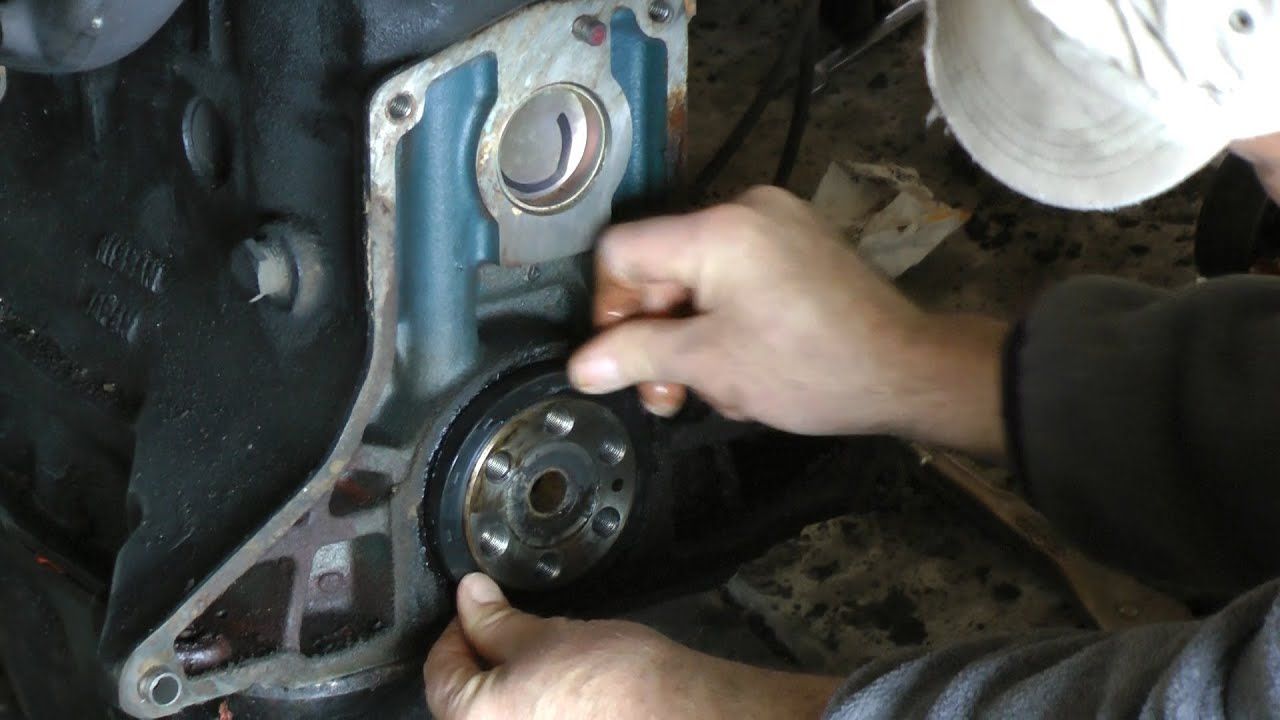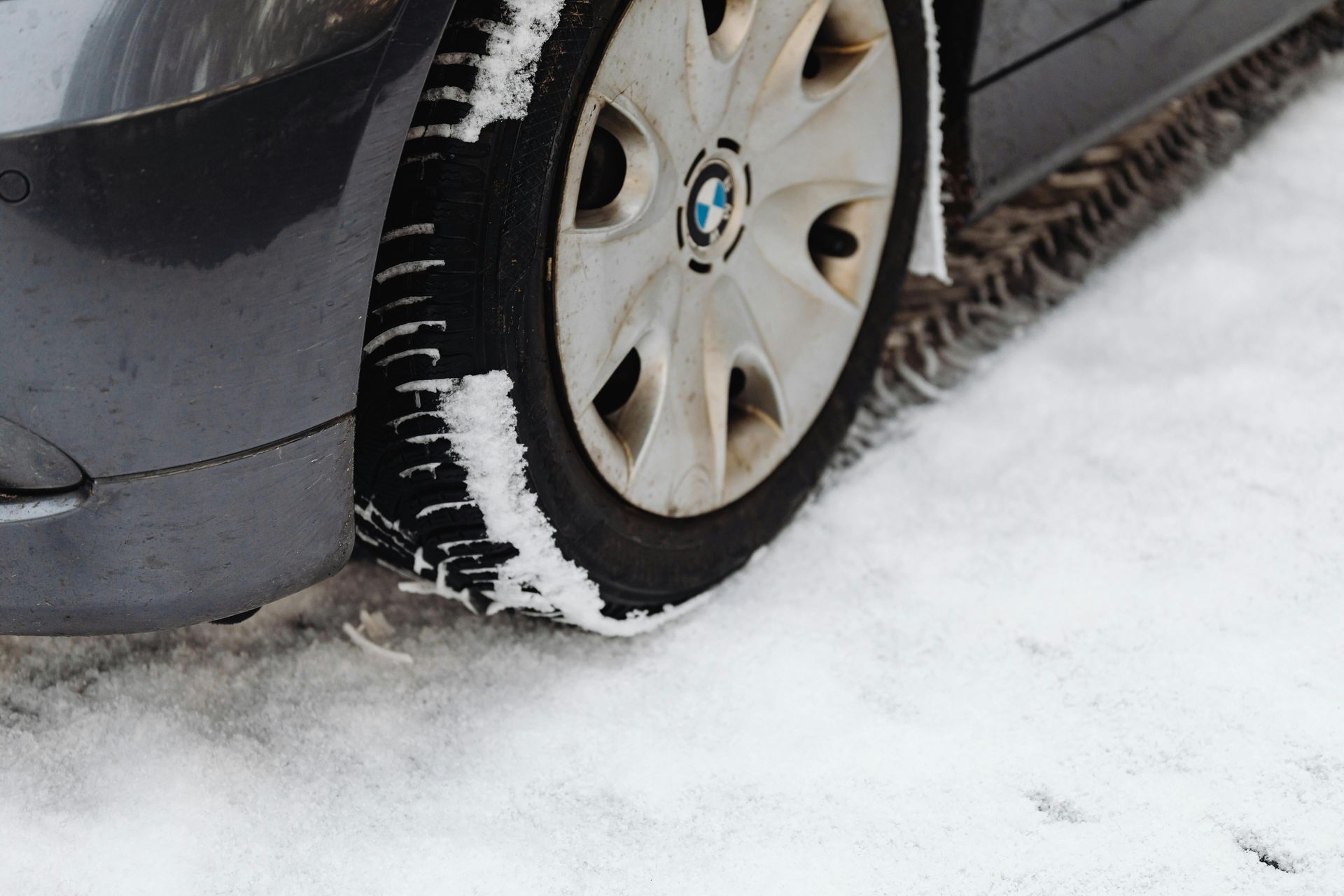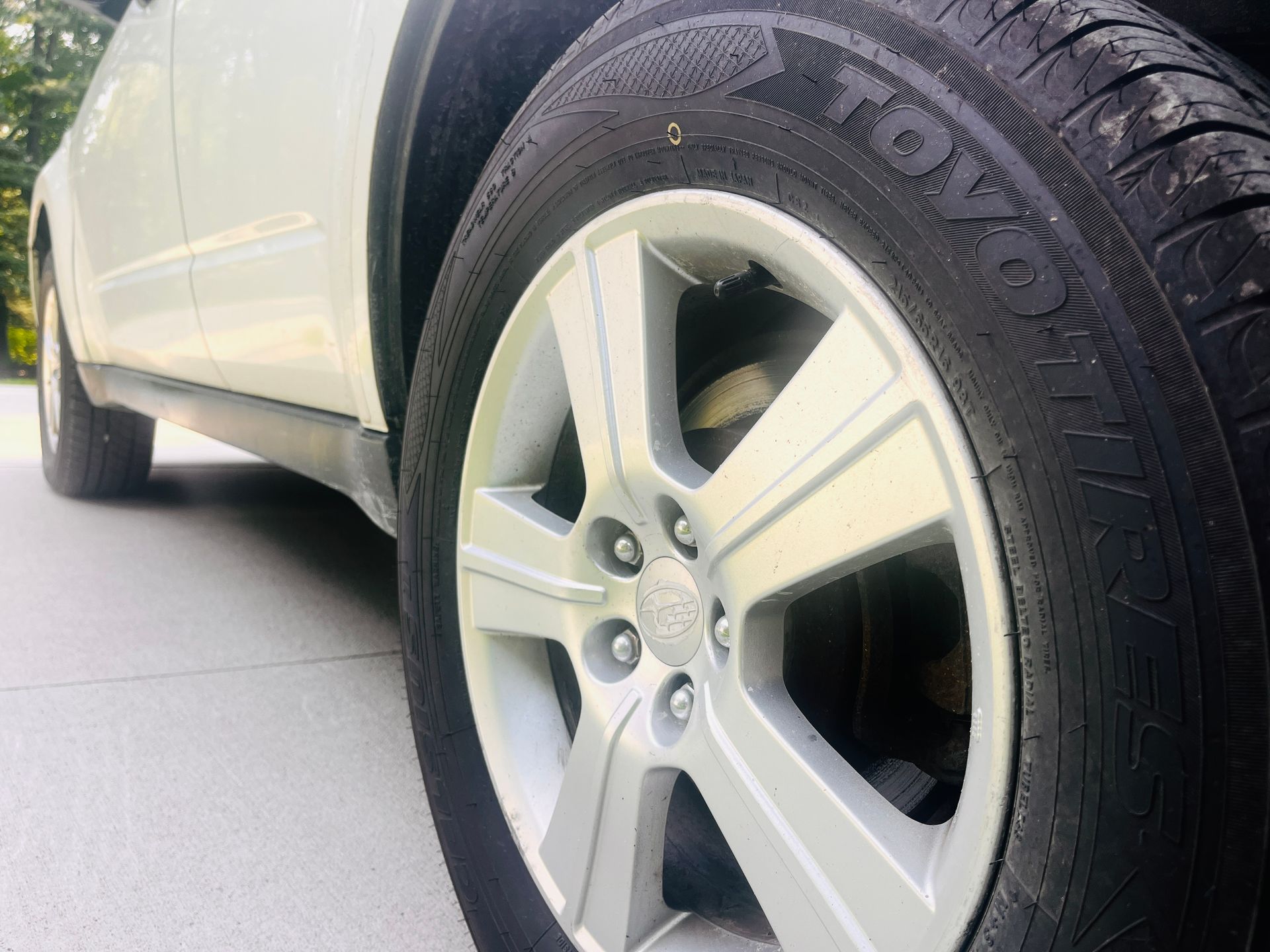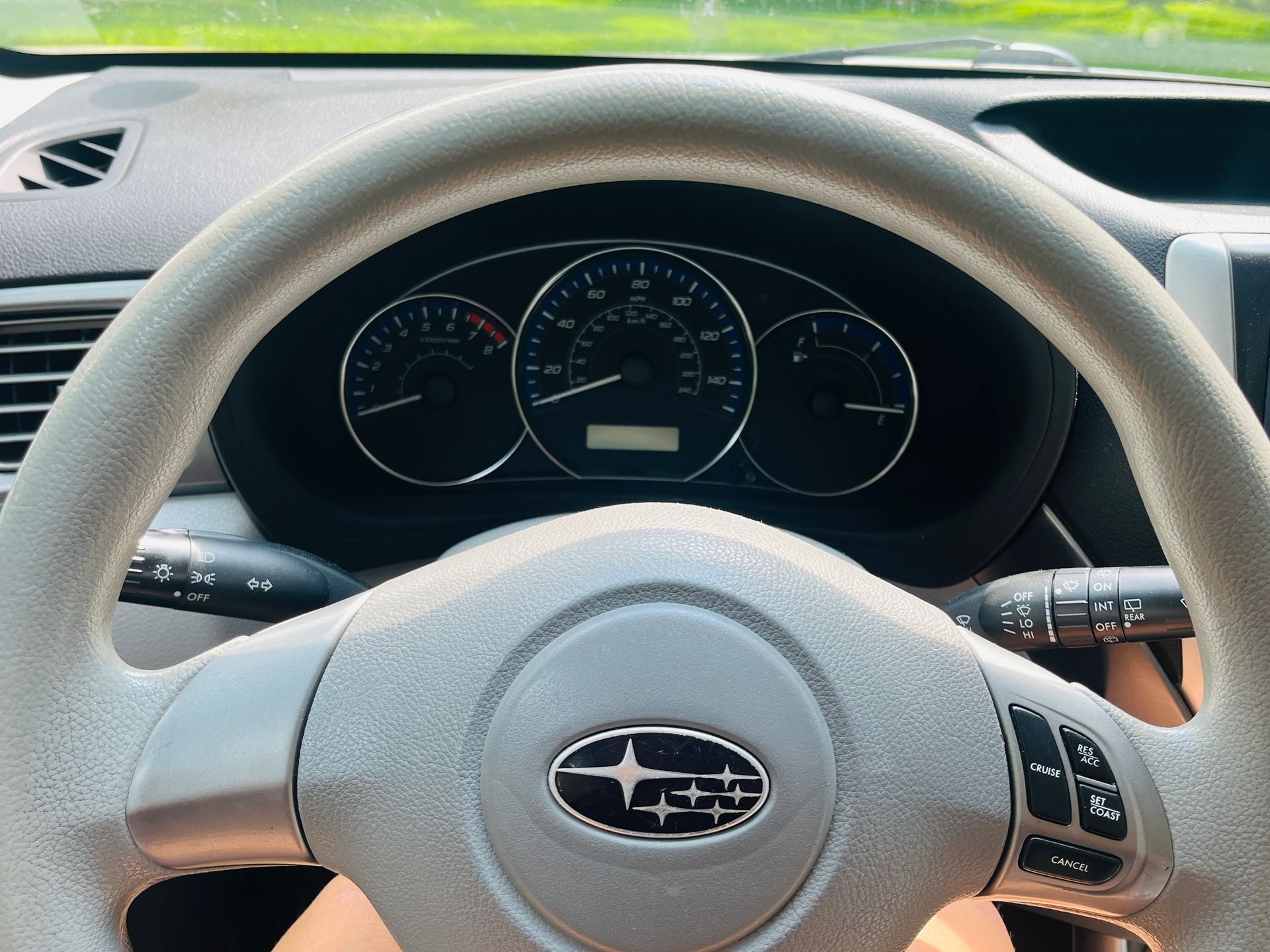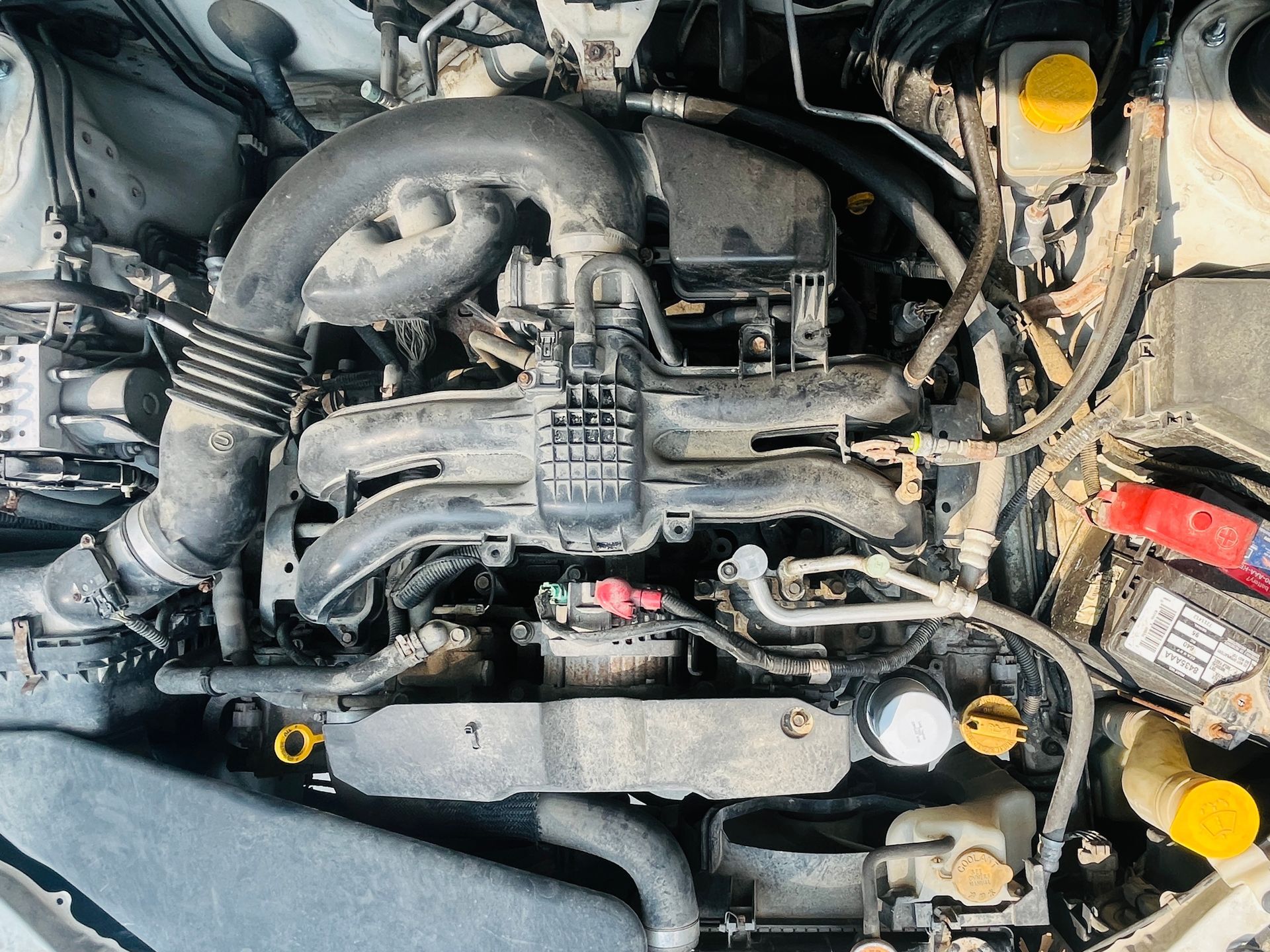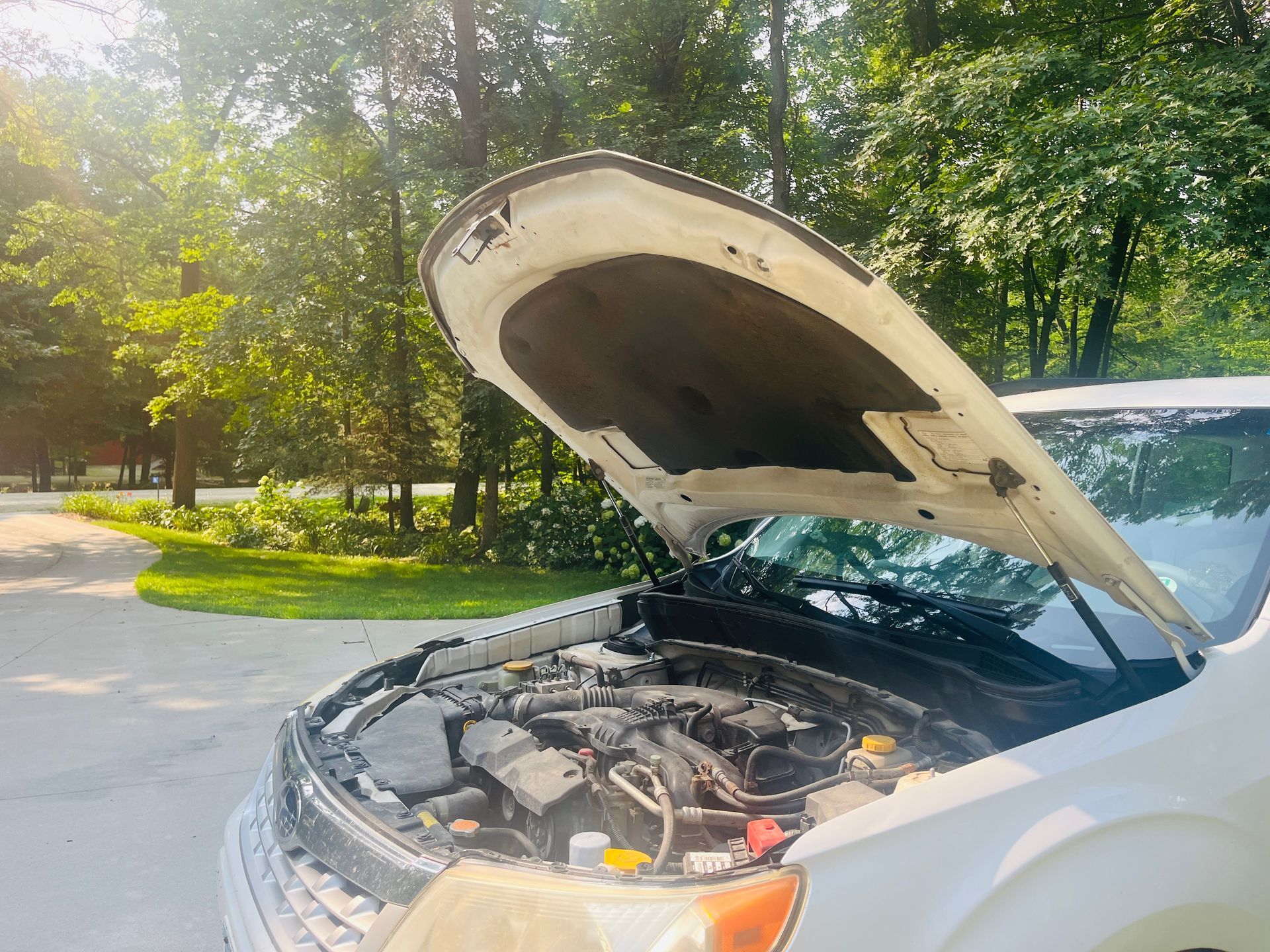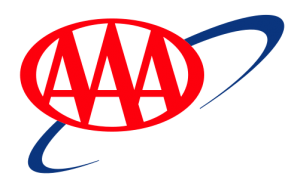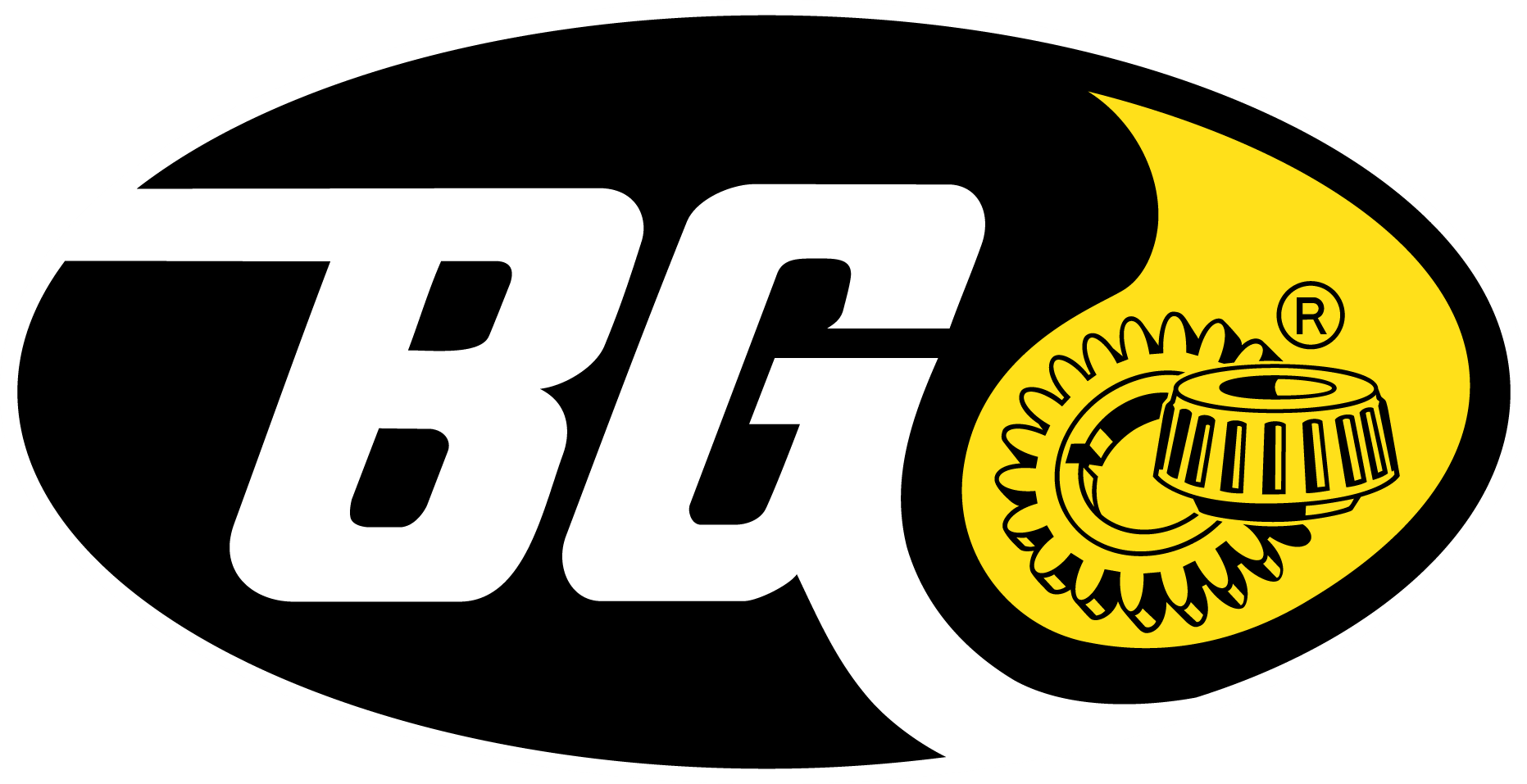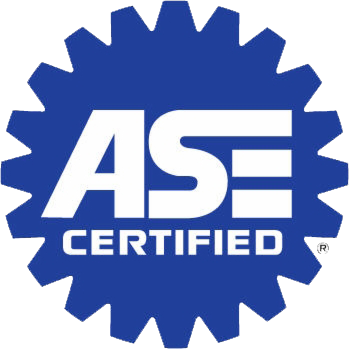What do the warning lights on my dash mean?
January 3, 2019
What sorts of books do you read? Do you read for pleasure, to gain wisdom or to learn something that you can apply to your life? At any given time, I have three to four books in progress for all of these reasons. No matter the mood I am in – wanting to get away into a good fiction story, feeling insightful and wanting to deepen my knowledge, or wanting to learn how to better myself - I have a book at the wait.
A couple of months ago, as I was lying on my side in bed, with one of my books propped in front of me, I noticed the words were blurry. This had never happened before so I became a bit frantic, bolted upright and immediately started diagnosing what was going on. I held the book at an arm’s distance. Clear words. I brought it closer to my face again. Blurry words. Away – clear. Closer – blurry. I must have done this 10 times before I realized I was at about the same age my husband was when he noticed a change in his vision. “Good grief,” I thought. “I’m getting old, too!”
At my first availability, I made a trip to the Dollar Store to check out their rack of cheap “cheaters.” Still in partial denial, I grabbed the first pair I came to and tried them on. After looking through them and feeling a bit queasy with extremely blurry vision, I was pretty convinced that the blurriness I had been experiencing at home was all in my head … until I read the little sign on the turntable that showed me how to choose my glasses.
I followed the directions and was astonished how clear my close up vision was with a pair of cute and sassy leopard print “cheaters.” Instead of being depressed that my vision is starting to decline, I embraced change and started thinking about how glasses are kind of like jewelry and perhaps I might splurge with a few more bucks and buy a couple pair to spice up some of my outfits in the future, even if I only pulled them out to read!
Don’t you love easy fixes, positivity and embracing change? Wouldn’t it be great if problems ended so wonderfully? Let’s take another scenario and see how we might turn something frantic into something solvable.
Say you’re driving down the road and all of a sudden a light on your dashboard pops on. This is a moment of sheer terror for some – especially if you don’t know what the different little lights mean. Here is where gaining wisdom comes in. Grab your sassy “cheaters” and read on to learn about some of the warning lights on your dash, what they mean, why they come on and what you should do.
Warning lights have been around for decades, but the system-sensing technology has improved and expanded. Sensors are located in different systems of your vehicle to be triggered when there is a problem with that system. With advances in technology, these sensors have become highly accurate, so when they are triggered and the corresponding warning light illuminates on your dashboard, you understand there truly is a problem.
CHECK ENGINE WARNING LIGHT
Since I’ve written about this extremely important little fella many times — a light that looks like an engine to some, but yellow submarine to others - I won’t spend much time on it here. But I will say that no matter if it’s solidly lit or flashing (more severe), you shouldn’t just cover it with a piece of tape (like some have confessed to) and forget it. It indicates that there is a minor problem, like a loose gas cap, or a major engine problem. Once diagnosed and fixed, it is reset in order to immediately alert you to another problem in the future. If you don’t address it, you could be risking major and potentially expensive problems and/or multiple problems that you aren’t aware of because it wasn’t fixed with the first issue.
ENGINE TEMPERATURE WARNING LIGHT
This warning light looks like a thermometer dipped in liquid and might be accompanied by words like “temp” or “engine overheating”. The most common color is red because it is indicating the engine is overheating. In some model vehicles, if the coolant temp becomes lower than what is required for proper functioning, the symbol will illuminate blue.
An overheating engine is extremely dangerous—it is not safe to drive since it could cause serious irreparable damage to your engine and put you or others on the roadway at risk. When the light illuminates, pull your car over to the side of the road and turn it off. If there is no place to safely pull over in that moment, turn your heat up all the way with the fan blowing at max speed (this will help remove some of the hot air from the engine into the cabin of your vehicle). Then, as soon as you can safely pull over, please do so.
There are many causes for an overheating engine including low or weak coolant, broken radiator components, faulty coolant temp sensor, bad water pump, even a stuck thermostat. Once the cause has been identified and repaired by your mechanic the light can be reset and will no longer illuminate.
OIL PRESSURE WARNING LIGHT
Your vehicle’s engine relies on the right amount of oil to circulate through it to lubricate, carry heat away and prevent damaging contaminates from building up. If there is a problem within the system, the sensor will trip the oil pressure warning light to illuminate—which is designed to look like a mechanical oil pitcher but to many it looks like a genie bottle and a likely wish is for it to be a cheap repair.
The cause of this light could be as simple as being low on oil. But then the question arises—why is it low? Is there a minor or severe leak? It could also be a bad oil pump, blocked filter, clogged oil system, or wiring issues. Most severely, it could be a serious problem with the engine. The trouble is, you don’t know the severity of the issue until you have it assessed. Therefore, when it illuminates, it is highly recommended to pull over as soon as possible and shut off the engine.
If you are vehicle savvy, you may consider checking the oil level. If it is really low and you want to get your car to your mechanic without incurring the cost of a tow, you could make a decision to fill it to the proper level with the right kind of oil and drive it to your preferred mechanic. But if there is a severe leak or many problems associated with the light, you could be risking a damaged engine. So the best action is to have it towed and ask the real genie (your mechanic) to diagnose it.
BATTERY WARNING LIGHT
If the battery warning light (usually a red rectangular light with a plus symbol on one end and minus on the other) comes on it means the charging system isn’t working properly. It may indicate a problem with the battery which will require replacement or it could be related to loose or corroded battery cable(s) or other wiring components, bad alternator or voltage regulator.
When the light comes on, a good rule of thumb is to disconnect any accessory chargers and turn off anything that is drawing power from the battery (except headlights)—air conditioning or heating system, radio, interior lights, heated seats or mirrors, etc. It is not a good idea to pull over and turn your engine off in this case—instead, pick a destination that is safe and if at all possible, drive straight to your mechanic.
BRAKE WARNING LIGHT
If you use your parking brake after you park your vehicle, you are probably familiar with this light—a red exclamation point suspended inside a circle with parenthesis, since it comes on when your handbrake is engaged. Your particular vehicle may also include the word “brake” and even a P in a circle and parenthesis.
If any of these lights illuminate while you are driving, it is not normal and it’s alerting you that you parking brake is still engaged or you have low brake fluid. The first order of business it to pull over and make sure your parking brake is not still engaged. After confirmation that it is not the cause of the light, examine the brake pedal to determine if there is any alteration in the way it responds to being depressed. If you are unable to determine the cause of the brake warning light the best thing to do is take your vehicle to your mechanic for diagnosis and repair.
ABS WARNING LIGHT
This light is similar to the brake warning light but the exclamation point is replaced with the letters ABS and it’s usually yellow in color. It alerts you to a problem with your anti-lock braking system—a system designed to prevent your brakes from locking up in inclement weather and adverse road conditions. If the ABS light is on, it is indicating that the system has a problem and may not operate when you need it to. Although this is not a serious issue since your brakes will still work without the ABS, you should still get them repaired in a timely fashion so that it can help stop your vehicle better in emergency situations.
TRACTION CONTROL WARNING LIGHT
In slippery conditions, your traction control system (TCS) helps your vehicle maintain grip on the roadway. One of the primary functions of the TCS light—a yellow car with two squiggly lines under it, is to alert you that the system is in operation. The sign also alerts you that it’s more slippery than you may have anticipated so you should take more care in driving but also slow down in that moment to let the tires regain their grip on the road.
If you notice the TCS light after you have stopped or if it lights up with the road conditions are obviously not an issue, it is likely you have a faulty sensor or problem with the wiring that needs to be addressed by your mechanic. Having it assessed at your earliest convenience will put your mind at ease so that the TCS will function properly when needed in the future.
Regarding the ABS and TCS light, it is important to know that on some vehicles, if your Check Engine Light comes on, it may disable these two systems causing all three lights to illuminate together. This situation give you three-times the reason to get your warning lights diagnosed as soon as possible.
TIRE PRESSURE MONITORING SYSTEM
WARNING LIGHT (TPMS)
Proper tire pressure is important for your safety and the efficiency of your vehicle. The TPMS does just what its name implies—monitors the pressure in each of your tires and the light, which is imaged to look like a cut-away view of a tire with an exclamation point inside, illuminates when the pressure falls outside of proper specs.
Correct tire pressure is key for best handling, cornering and stopping as well as overall performance and load carrying capability. Both over- and under-inflation can cause premature tire wear and possible tire failure. Also, Over-inflation can lead to decreased traction and inability to absorb road impact. And Under-inflation will cause decreased fuel economy, excessive heat buildup, tire overload, and sluggish tire response.
When this light comes on, it’s important that you manually check the tires with a pressure gauge and properly adjust the pressure according to the specs for your particular tires. Or your trusted mechanic is usually happy to check and adjust them for you and most shops will automatically check and adjust the pressure when you have it serviced and/or inspected during scheduled maintenance visits.
If the TPMS is illuminated and flashing, it usually means there is a problem within the system—not just inaccurate tire pressure. In this case, your TPMS system will need to be assessed, diagnosed and repaired properly in order for it to work properly and for the light to be reset.
All the warning lights on your dashboard have been designed for a reason—to alert you to possible trouble and help you be immediately aware of small and big problems that need to be addressed soon or immediately.
With the rolling in of Christmas bills, the illumination of one of these—especially at the beginning of the New Year, may not be a welcome sight. But knowing what they indicate and what to do when they illuminate, and calmly moving forward with action is key to keeping your ride healthy and safe. Of course, it’s not like getting to wear new sassy glasses like me, but it could save you a boatload of money if you address them in a timely fashion.

